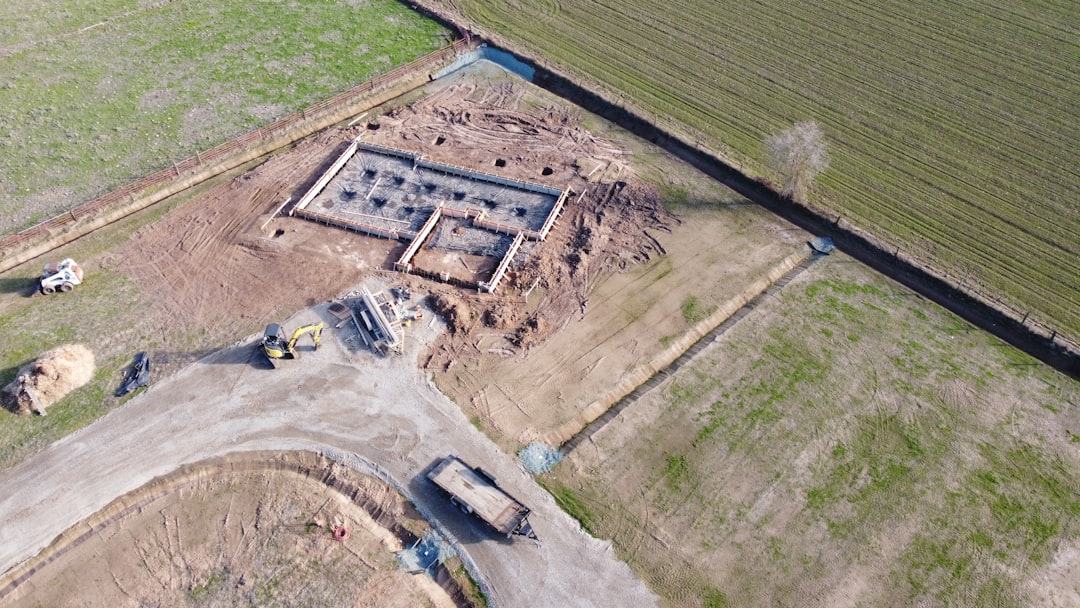What is it about?
By exploiting the sensitivity of palladium to hydrogen, we can optically measure hydrogen concentration. This is because when palladium reacts with hydrogen, it makes a hydride. This palladium hydride has different physical properties compared to normal palladium, and this can be probed using optical methods.
Featured Image

Photo by Umberto on Unsplash
Why is it important?
Hydrogen gas is extremely sensitive to combustion. This method of optical detection is ideal because there is no requirement for an electrical current to be in contact with the hydrogen gas. In a sense, the sensor can be assumed 'inert' and won't cause the hydrogen to combust. This is a massive advantage for the detection of hydrogen when producing bioenergy.
Perspectives
During my postdoc, I was lucky enough to learn techniques for the production of optical fibre-based sensor systems. This has become an important part of my research repertoire in recent years, allowing the implementation of sensor systems for various published and unpublished systems.
Dr. Jacob J. Lamb
Norges teknisk-naturvitenskapelige universitet
Read the Original
This page is a summary of: Perspectives of surface plasmon resonance sensors for optimized biogas methanation, Engineering in Life Sciences, September 2019, Wiley,
DOI: 10.1002/elsc.201900063.
You can read the full text:
Contributors
The following have contributed to this page










